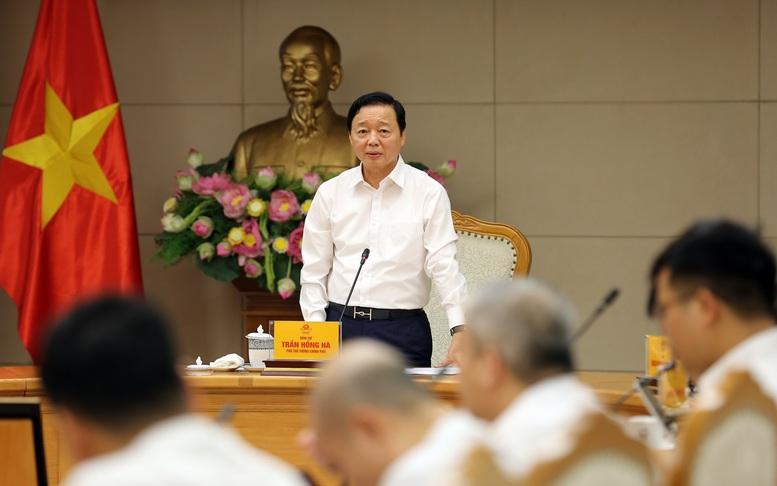
Deputy Prime Minister Tran Hong Ha emphasized that the construction and operation of land databases is a key task stipulated in the Land Law and is receiving attention from the Government, ministries, branches and localities.
Essential foundation for state management
Land database is an essential foundation for state management, not only stopping at data synthesis, but also including all information about land plots, cadastral maps and activities related to measurement and storage.
However, according to the Deputy Prime Minister, although the Land Law has clearly stipulated the structure, management methods, and progress of completing the database, up to this point the implementation progress at the central and local levels is still slow.
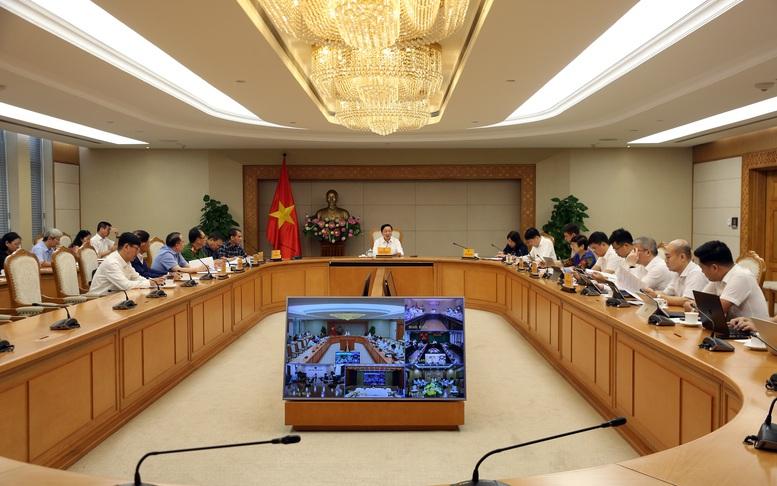
The state budget has invested heavily in surveying and statistics, but it is still not complete and accurate, and has not met the requirements of being "clean", "alive" and updated. Therefore, it is necessary to separate the surveying and counting part, and at the same time focus on building databases and management tools based on technology applications and digitalization.
Specifically, land data does not meet minimum requirements such as monitoring land price fluctuations, managing land use purposes or updating measurement data, maps...
For example, the upcoming orientation is to apply a unified data-based valuation method, determine land prices according to value zones and standard land plots, use actual transaction data to determine objective land prices for all purposes, from taxes, fees to compensation and support, however, this has not been implemented yet.
The Deputy Prime Minister suggested that the meeting focus on clarifying the core contents: Products to be achieved from the land database; implementation methods, based on inheriting results, experiences and existing data; mechanisms to maintain, exploit, monitor, and update data daily, ensuring that data is always "alive" and "clean"; financial mechanisms, investment projects, clearly defining the tasks of the Central and local governments.
Localities propose to unify software, centralized and synchronized data
According to the report of the Ministry of Agriculture and Environment, the construction of land database is mainly carried out with input data being cadastral maps, registration records, issuance of land use right certificates, cadastral records, land use right certificates, land price data, statistical data, land inventory, planning data, land use plans...
Regarding the land database built by the Central Government, the Ministry of Agriculture and Environment has completed the construction of 4 component data: Current status of land use at regional and national levels; national land use planning and plans; land price framework; basic land survey at regional and national levels. However, these data blocks need to be continuously updated and supplemented to comply with current land law regulations.
Nationwide, 34/34 provinces and cities have built cadastral databases of 2,342/3,321 commune-level administrative units; completed land statistics and inventory databases (current land use status); built provincial-level land use planning and planning databases.
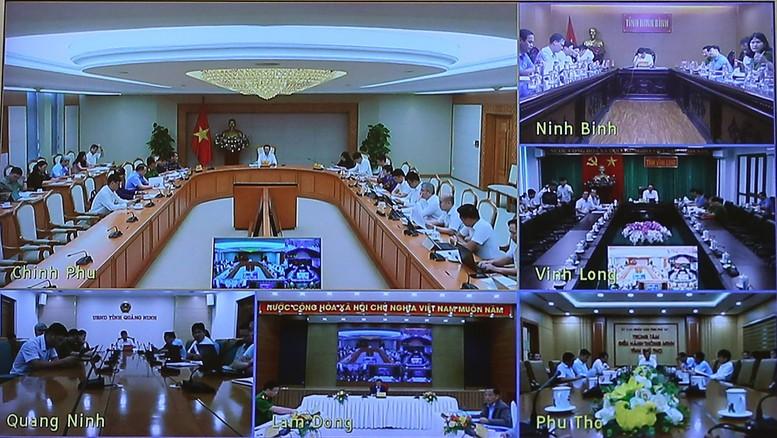
Localities have also deployed the creation of unique identification codes for land plots with full 3 blocks of spatial data, attribute data, and unstructured data; organized the authentication of land users with citizen identification; interconnected land registration agencies with tax agencies; connected the land information system with the National Public Service Portal...
According to the assessment of the Ministry of Agriculture and Environment, the construction of land databases is still slow. The reasons are that localities have not allocated adequate resources; the quality of input data is low and fluctuates a lot; equipment, IT infrastructure, and software do not meet the requirements of information security, connection, and sharing with other information systems; human resources are still limited; localities must convert and merge land databases according to the 2-level local government model...
In the coming time, the work of building a land database is being carried out in two directions. Firstly, for places where data is already available, the Ministry of Agriculture and Environment is focusing on standardizing, cleaning and updating land plots that have been built in different formats, ensuring that the data is "correct, sufficient, clean, and alive", connecting with the population database and related data systems. Secondly, for places where there is no database, the Ministry will take advantage of all existing documents, maps, and land records to digitize and put them into management in the coming time.
Localities will digitize, standardize and synchronize data with the Ministry of Agriculture and Environment. At the same time, the Ministry will complete the central infrastructure project to connect with the national population database and the national data center, ensuring a unified and interconnected system from the central to local levels.
At the meeting, opinions from ministries, branches, businesses and localities agreed on the need for a unified land database software system nationwide, centrally managed from the central to local levels; avoiding dispersion, saving costs, while ensuring data is synchronous, accurate, easy to exploit and interconnected with other systems such as population, administrative procedures, planning and land prices.
Exploit and inherit all invested infrastructure, data and software
Concluding the meeting, Deputy Prime Minister Tran Hong Ha affirmed that the land database is one of the national databases, but its construction, management and operation are still limited and loose due to lack of data and figures. Therefore, the project to build a land database must clearly define its objectives and collect "correct, sufficient, clean and live" data, including land plots, purposes of use, managers, usage status, land and forest quality and related information.
Regarding the implementation method, the Deputy Prime Minister outlined three steps: Using digitized data, digitizing non-existing data, and measuring, checking, and building digital maps, "continuously updating, while serving administrative procedures and connecting procedures related to land".
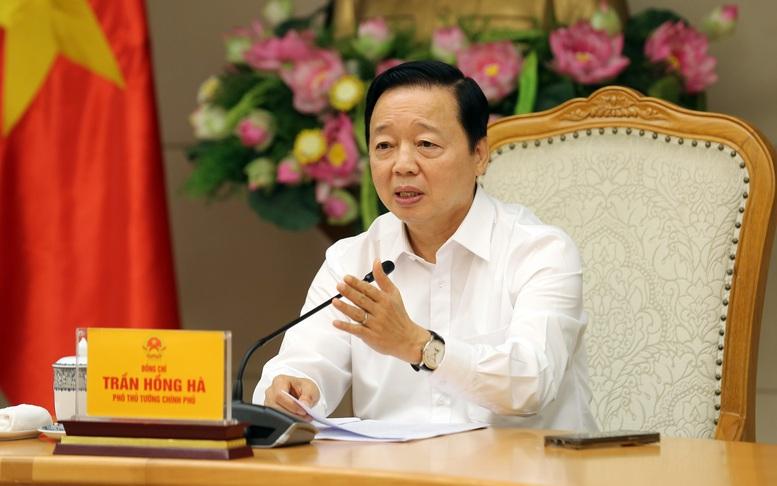
The technical system that needs to be built includes technical infrastructure, specialized software and core platform software to manage and exploit data effectively. The ultimate goal is to build a unified, centralized, interconnected land database from the Central to 34 provinces, cities and 3,321 communes and wards; including: Infrastructure, specialized software and data fields serving land resource management, administrative procedures, integrated with population, organization and individual data.
The Deputy Prime Minister requested that all administrative procedures related to land must be updated with data simultaneously. New software and applications must ensure openness, integration and sharing with existing software to make the most of available data. Data fields must be complete according to legal regulations, serving the management and implementation of administrative procedures.
Regarding the platform software, the Deputy Prime Minister emphasized the priority of using domestic software if it meets the requirements of autonomy and management; if it does not have it, foreign software can be rented. The system operation needs to refer to the management method of the national population database software, effectively exploiting and inheriting the entire infrastructure system, database and software invested from the central to local levels. The data center must ensure security, safety and confidentiality, and a number of technical backup centers can be arranged.
The Deputy Prime Minister also proposed developing regulations on access rights, allocation of data usage rights, system security and responsibility for updating data during administrative procedure implementation.
The Ministry of Finance and the Ministry of Science and Technology shall coordinate with the Ministry of Agriculture and Environment to determine the norms, unit prices and related contents to complete the land database project.
Updated on October 15, 2025
Source: https://laichau.gov.vn/tin-tuc-su-kien/chuyen-de/tin-trong-nuoc/co-so-du-lieu-dat-dai-phai-tap-trung-thong-nhat-dung-du-sach-song-.html


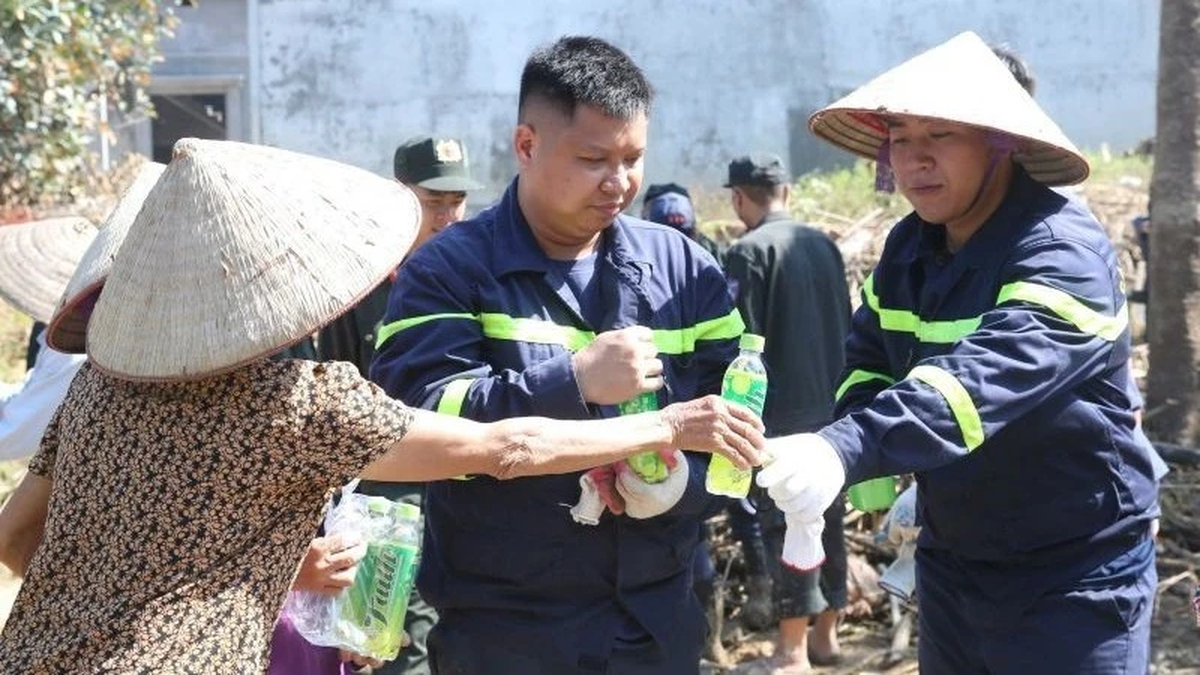
![[Photo] Closing ceremony of the 18th Congress of Hanoi Party Committee](https://vphoto.vietnam.vn/thumb/1200x675/vietnam/resource/IMAGE/2025/10/17/1760704850107_ndo_br_1-jpg.webp)
![[Photo] Collecting waste, sowing green seeds](https://vphoto.vietnam.vn/thumb/1200x675/vietnam/resource/IMAGE/2025/10/18/1760786475497_ndo_br_1-jpg.webp)
![[Photo] Immerse yourself in the colorful musical world of “Secret Garden Live in Vietnam”](https://vphoto.vietnam.vn/thumb/1200x675/vietnam/resource/IMAGE/2025/10/18/1760805978427_ndo_br_thiet-ke-chua-co-ten-41-png.webp)
![[Photo] General Secretary To Lam attends the 95th Anniversary of the Party Central Office's Traditional Day](https://vphoto.vietnam.vn/thumb/1200x675/vietnam/resource/IMAGE/2025/10/18/1760784671836_a1-bnd-4476-1940-jpg.webp)

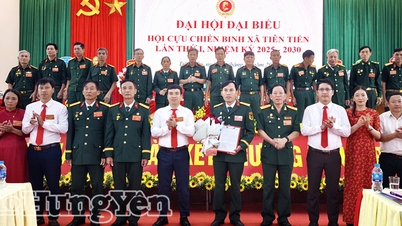




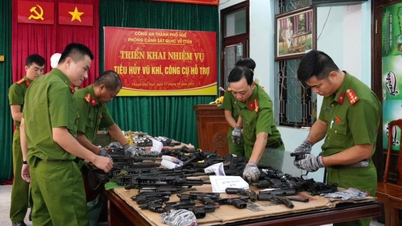

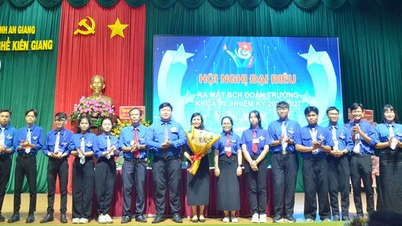
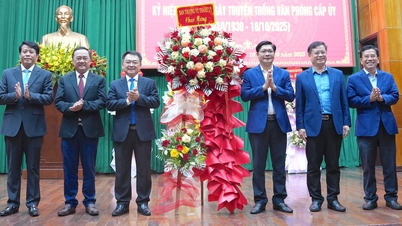




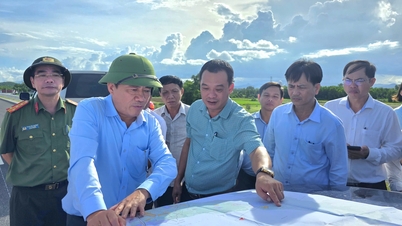
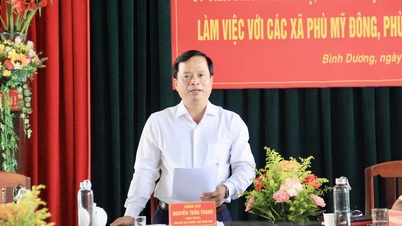













































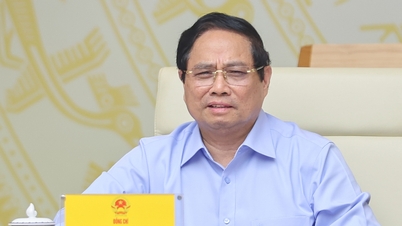
































Comment (0)